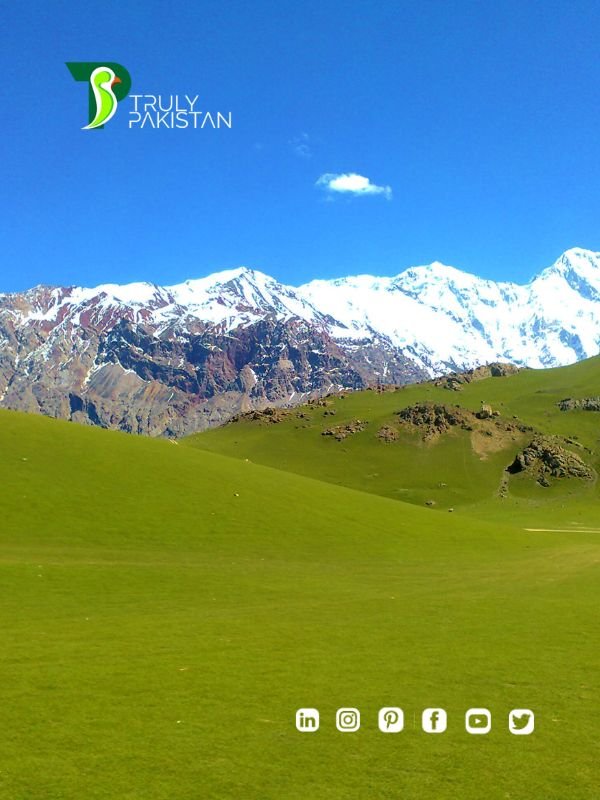Qaqlasht Meadows: Complete Travel Guide to Chitral’s Hidden Plateau
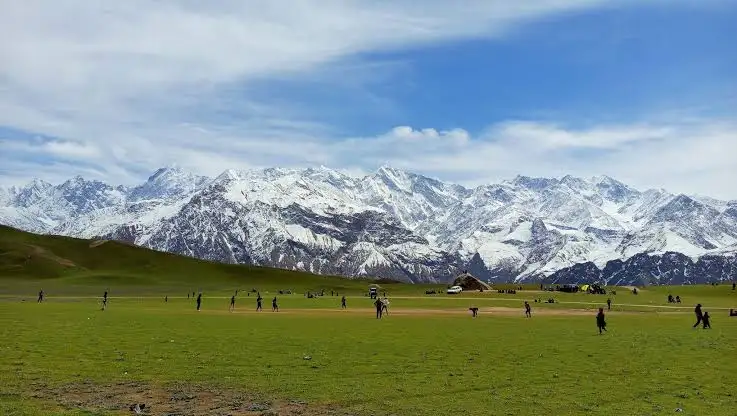

High above the Chitral Valley lies a sweeping plateau of unmatched beauty—Qaqlasht Meadows. Known for its flat alpine terrain, cultural festivals, and panoramic views of the Hindu Kush mountains, this destination has long been a gathering point for both locals and travelers. Situated near Booni in Upper Chitral, the meadows combine natural charm with centuries of cultural tradition.
Table of Contents
What Makes Qaqlasht Meadows Special
Qaqlasht Meadows as the “Dry Plain” That Comes Alive
In the local Khowar language, “Qaqlasht” translates to “dry plain.” But every spring, this landscape transforms into a green carpet decorated with wildflowers. Stretching across an elevated plateau at around 2,300 to 2,500 meters, the meadows provide uninterrupted views in every direction—like a natural amphitheater shaped by time and culture.
Cultural Significance in Upper Chitral
Qaqlasht Meadows is more than just a scenic escape. For the Kho people of Chitral, it has served as a communal hub for thousands of years. It is the traditional site of Jashan-e-Qaqlasht, one of the region’s oldest festivals that continues to preserve Chitrali identity through music, polo, archery, and folk performances. The meadows act as a living stage where history and tradition meet modern tourism.
Qaqlasht Meadows Location and Geography
Upper Chitral District and Booni Town
Qaqlasht lies about 80 kilometers north of Chitral town, near Booni—the administrative center of Upper Chitral District. The journey takes around 2.5 to 3 hours by road, passing through rugged valleys and along the Chitral River. Booni itself is a welcoming town that serves as the main gateway to the meadows, offering essential services and accommodation options for travelers.
Elevation, Climate, and Best Seasons
The meadows sit at an elevation of roughly 2,300 to 2,500 meters (7,500–8,200 feet). This altitude creates a cool, dry climate compared to the valleys below. Spring (March to May) is the most vibrant season, when the festival is celebrated and the fields are dotted with wildflowers. Summer (June to September) offers pleasant weather for camping and trekking. Winters, however, are harsh and often inaccessible due to heavy snowfall.
Hindu Kush Mountain Backdrop
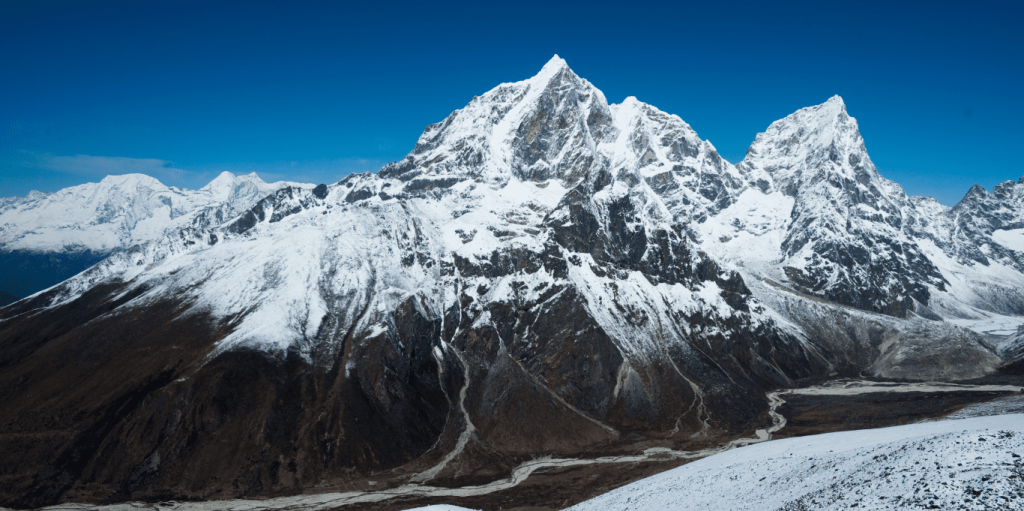

Qaqlasht is framed by the mighty Hindu Kush, with peaks like Tirich Mir visible in the distance. This geographical setting not only adds to its scenic beauty but also shapes the meadows’ ecosystem and climate. The flat terrain makes it unusual compared to surrounding valleys, creating a unique contrast that has fascinated visitors for centuries.
The Historic Jashan-e-Qaqlasht Festival
Over 2,000 Years of Tradition
The Jashan-e-Qaqlasht, or Celebration of Qaqlasht, is one of the oldest cultural gatherings in northern Pakistan. Historical accounts suggest the festival dates back more than two millennia, serving as a time when local tribes and communities came together for social bonding, peace, and cultural expression. Its continuity makes it one of the longest-running cultural traditions in the region.
Sports, Music, and Cultural Events
During the festival, the meadows transform into a vibrant arena. Traditional Chitrali sports such as polo, tug of war, and archery take center stage. Visitors are also treated to folk music, traditional dances, and poetry recitals in the Khowar language. These performances highlight the resilience of Kho culture while offering outsiders a chance to immerse themselves in local life.
Festival in Modern Times
Revived formally in the early 2000s, the festival now attracts thousands of visitors annually, including international travelers. It has become both a cultural showcase and a tourist attraction, helping promote Upper Chitral as a destination. The event typically takes place in April, aligning with spring blooms that blanket the meadows in vivid colors.
How to Reach Qaqlasht Meadows
Islamabad to Chitral via Lowari Tunnel
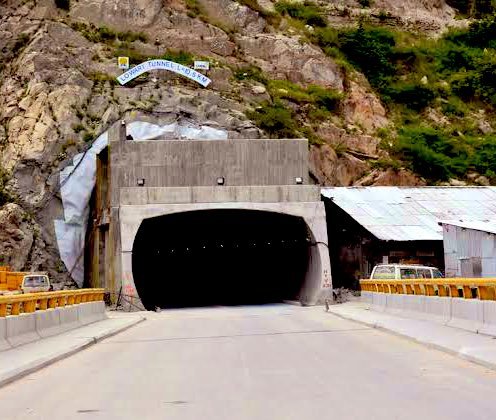

The most common route begins in Islamabad, Pakistan’s capital. Travelers head north through the scenic Khyber Pakhtunkhwa region, passing Dir before entering the 10.4-kilometer-long Lowari Tunnel. This engineering marvel allows year-round access to Chitral, cutting travel time significantly compared to the older Lowari Pass.
Travel from Chitral to Booni
Once in Chitral town, visitors continue their journey northwards to Booni, approximately 80 kilometers away. The road follows the Chitral River and offers dramatic views of valleys and villages. Shared jeeps, vans, and private cars are commonly used for this leg of the journey. Travel time averages around 2.5 to 3 hours depending on road conditions.
Road Journey and Accessibility
The final stretch from Booni to Qaqlasht Meadows is a shorter ascent. While standard vehicles can reach the site in good weather, a four-wheel drive is recommended during rainy or early spring conditions. The roads are unpaved but manageable, adding a touch of adventure to the trip. Accessibility improvements in recent years have made the journey smoother for tourists while still preserving the rustic charm of the region.
Things to Do at Qaqlasht Meadows
Join the Jashan-e-Qaqlasht Festival at Qaqlasht Meadows
If your timing aligns with April, plan your visit around the Jashan-e-Qaqlasht festival. Expect traditional polo, archery, tug of war, folk music and dance—plus food stalls and handicrafts from across Upper Chitral. Pro tip: arrive a day early to watch team practices and sound checks; it’s a relaxed window to photograph performers and horses up close without the festival-day crowds. For background on the festival’s roots, see the local district updates and cultural reporting on Upper Chitral’s official pages and regional news outlets.
Trekking, Micro-Hikes, and Ridge Walks across Qaqlasht Meadows
Qaqlasht Meadows is a rare, mostly flat alpine plateau—a dream for short acclimatization walks and low-impact hikes. Start with sunrise and sunset loops along the meadow’s northern rim to frame the Hindu Kush in soft light. On clear days, bring a lightweight telephoto lens to compress distant ridgelines. Safety tip: midday UV can be intense at 2,300–2,500 m; carry sun protection and 2–3 liters of water per person even on easy routes.
Camping under Wide-Open Skies at Qaqlasht Meadows
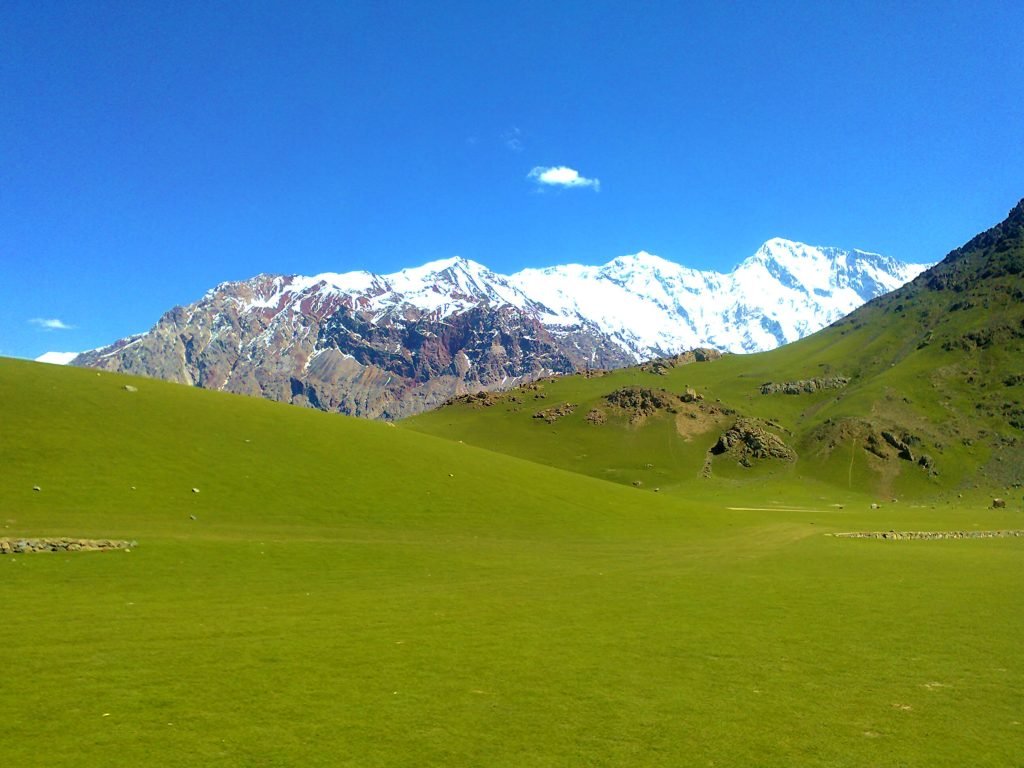

The plateau’s open terrain means fast-changing weather—so pitch tents with sturdy stakes and guy lines. Choose sites slightly sheltered by small rises to reduce wind exposure. Pack a three-season tent, a 0–5°C rated sleeping bag, and a closed-cell pad to insulate against ground chill. Always camp at least 60 m from water sources, follow Leave No Trace, and pack out all trash.
Wildflowers, Birding, and Wildlife Spotting at Qaqlasht Meadows
Spring paints the “dry plain” green with splashes of yellow and purple blooms. Keep binoculars handy for wagtails, choughs, and raptors working the thermals. Move slowly at dawn and dusk, when birds and small mammals are most active. Stick to established paths to protect the fragile alpine turf.
Photography Playbook for Qaqlasht Meadows
- Golden hours: Side-light the plateau for texture; use a circular polarizer to tame glare.
- Festival action: Shutter-priority around 1/1000s for polo and archery; burst mode for peak moments.
- Night sky: At altitude, skies are dark—try 15–20s at wide aperture for Milky Way arcs (summer).
- Composition: Use the meadows’ straight horizons to anchor minimalist frames with distant Hindu Kush peaks.
Quick Comparison: Qaqlasht Meadows vs. Other Pakistani Meadows
Qaqlasht Meadows Flat, accessible plateau near Booni; deep cultural lens via Jashan-e-Qaqlasht; best in spring and summer. Shandur Pass Meadows Higher, wilder pass between Chitral and Gilgit; famous for Shandur Polo Festival; weather less predictable. Deosai Plains Vast high-altitude plateau in Gilgit-Baltistan; longer approaches; known for wildflowers and marmots.
Accommodation and Travel Essentials
Camping at Qaqlasht Meadows
Independent campers can set up on durable ground away from livestock paths. In festival periods, informal camp clusters form—ask locals where to pitch responsibly. Carry a small repair kit (duct tape, needle & thread, spare stakes) and a backup water treatment option.
Staying in Booni Town
Booni offers guesthouses and small hotels that serve as basecamps for Qaqlasht Meadows. Book early for April weekends. Even if you’re camping, consider a Booni stay for your first night to acclimatize and stock up on supplies.
Packing Tips and Safety Considerations
- Layers: Base layer, light fleece, windproof shell; temps swing quickly on the plateau.
- Footwear: Trail shoes or light boots with good grip for gravelly sections.
- Navigation: Offline maps and a power bank; cell coverage can be patchy.
- Health: Sunblock, lip balm, basic first aid; hydrate to mitigate mild altitude effects.
- Respect: Always ask before photographing people; dress modestly, especially during cultural events.
FAQ about Qaqlasht Meadows
What is the elevation of qaqlasht meadows?
The plateau sits roughly between 2,300 and 2,500 meters (about 7,500–8,200 feet). This altitude delivers cooler temperatures than the valley floor and crisp, clear skies in summer.
How do you reach qaqlasht meadows from Islamabad?
Drive Islamabad → Dir → Lowari Tunnel → Chitral town, then continue ~80 km to Booni and ascend to the meadows. Allow a full day to reach Chitral, plus 2.5–3 hours from Chitral to Booni depending on road conditions.
When is the Jashan-e-Qaqlasht Festival at qaqlasht meadows?
Typically mid to late April, aligning with spring blooms. Dates can vary by year; check Upper Chitral district announcements and local news before you plan.
Where can visitors stay near qaqlasht meadows?
Options include simple guesthouses and small hotels in Booni, plus seasonal camping on the plateau. During festival days, book lodging in advance and consider arriving early to secure a good campsite.
What should travelers pack for qaqlasht meadows?
Layered clothing, windproof shell, hat and sunblock, reusable water bottles, headlamp, power bank, basic first aid, and sturdy footwear. If camping, bring a three-season tent and a 0–5°C sleeping bag.
Conclusion
Qaqlasht Meadows is more than just a scenic plateau—it’s a living cultural landscape where nature and tradition coexist. From breathtaking views of the Hindu Kush to centuries-old festivals, it offers travelers a rare chance to experience Pakistan’s heritage in its most authentic form. Whether you’re hiking across wildflower-dotted plains, camping under starry skies, or joining the rhythms of the Jashan-e-Qaqlasht, this destination promises memories that last a lifetime.
Read More About: Lalazar Meadows: Complete Travel Guide


Author: ZunNurain Khalid — Travel & Tourism Specialist, Founder of ExploreX Pvt. Ltd., and advocate for sustainable tourism in Pakistan. With over a decade of experience in digital marketing and destination branding, ZunNurain has worked extensively on promoting Pakistan’s natural and cultural heritage.

